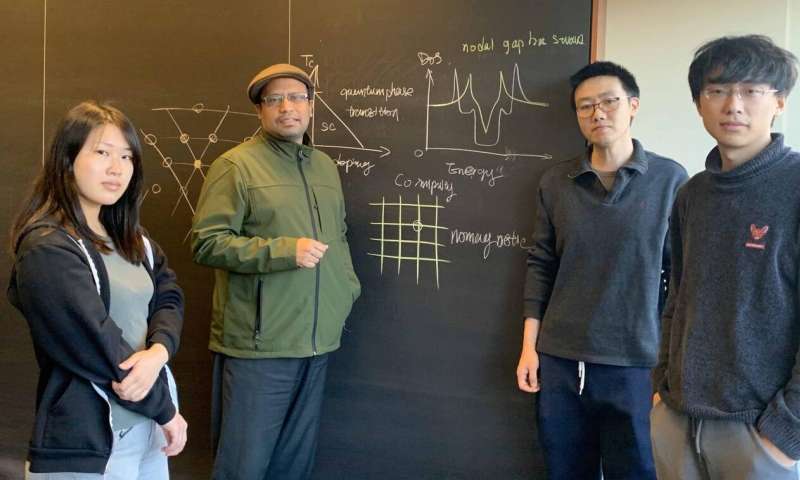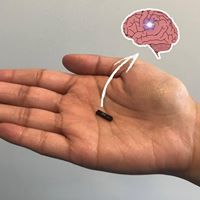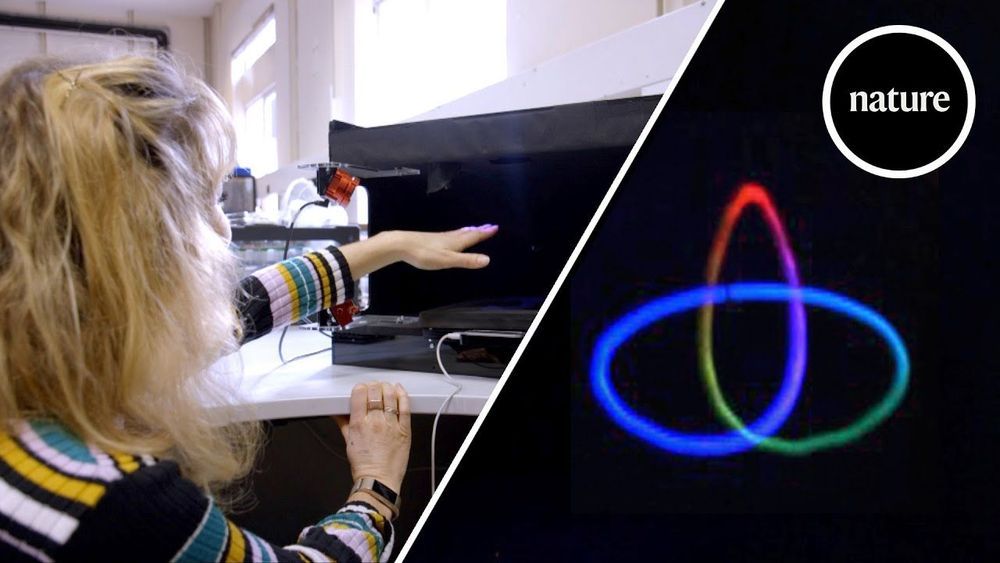Yay :3
The pressure of deep-ocean sound waves could be used to stop tsunamis in their tracks, researchers have found, by dissipating their energy across wider areas and reducing the height and speed of these monster waves before they reach land.
Tsunamis — which can be caused by earthquakes, landslides, or any sudden release of energy underwater — are capable of devastating coastal regions when they hit land, and right now, there’s not much we can do to stop them.
But mathematician Usama Kadri from the University of Cardiff in the UK thinks acoustic-gravity waves (AGWs) could be the solution.









